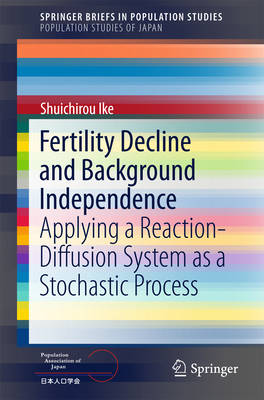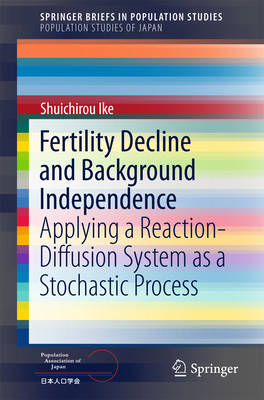
- Afhalen na 1 uur in een winkel met voorraad
- Gratis thuislevering in België vanaf € 30
- Ruim aanbod met 7 miljoen producten
- Afhalen na 1 uur in een winkel met voorraad
- Gratis thuislevering in België vanaf € 30
- Ruim aanbod met 7 miljoen producten
Zoeken
Fertility Decline and Background Independence
Applying a Reaction-Diffusion System as a Stochastic Process
Shuichirou Ike
€ 73,95
+ 147 punten
Omschrijving
In this book the author maintains that fertility declines independently of its "background". The author regards this way of thinking, i.e., that the occurrence of fertility decline is dependent on socioeconomic background, as the "background dependence" of fertility decline.
Specificaties
Betrokkenen
- Auteur(s):
- Uitgeverij:
Inhoud
- Aantal bladzijden:
- 97
- Reeks:
Eigenschappen
- Productcode (EAN):
- 9784431551508
- Verschijningsdatum:
- 5/08/2015
- Uitvoering:
- Paperback
- Afmetingen:
- 155 mm x 235 mm
- Gewicht:
- 265 g

Alleen bij Standaard Boekhandel
+ 147 punten op je klantenkaart van Standaard Boekhandel
Beoordelingen
We publiceren alleen reviews die voldoen aan de voorwaarden voor reviews. Bekijk onze voorwaarden voor reviews.








